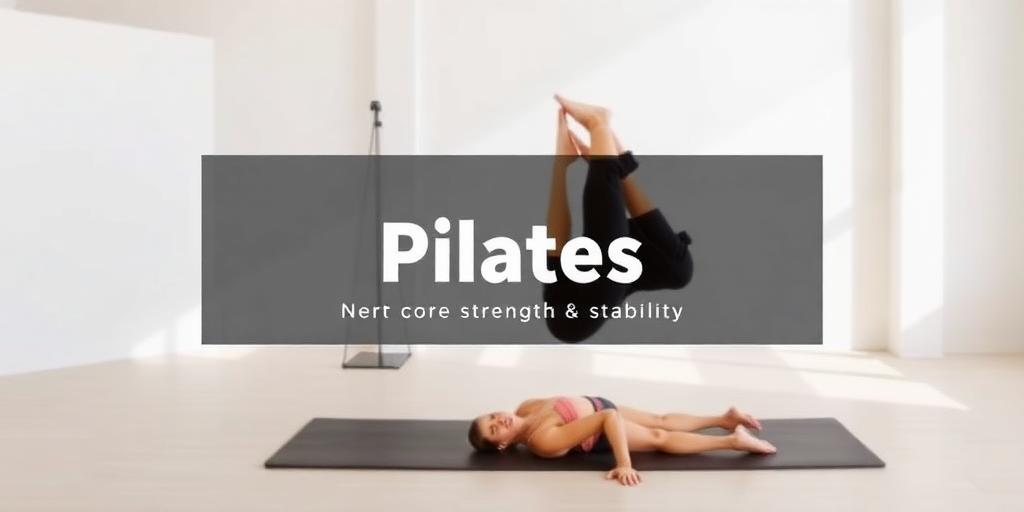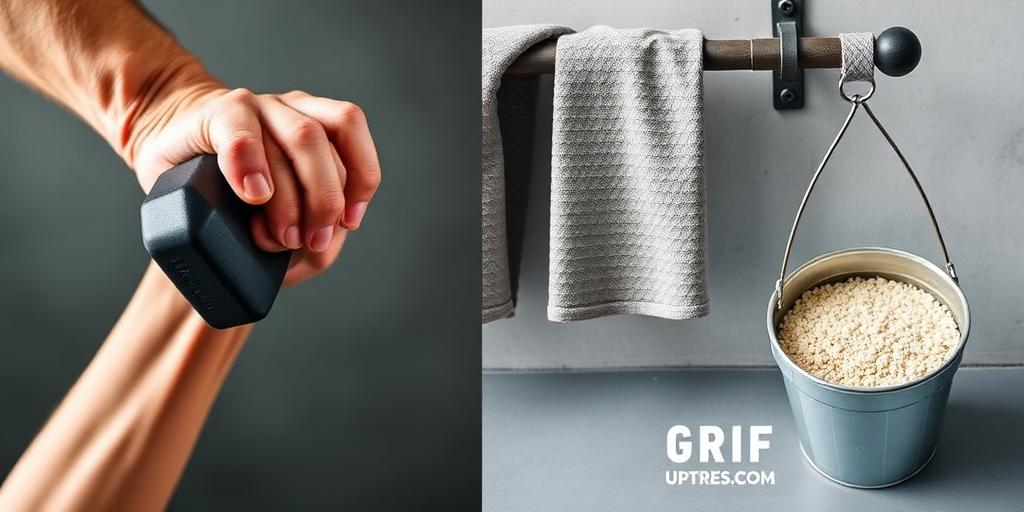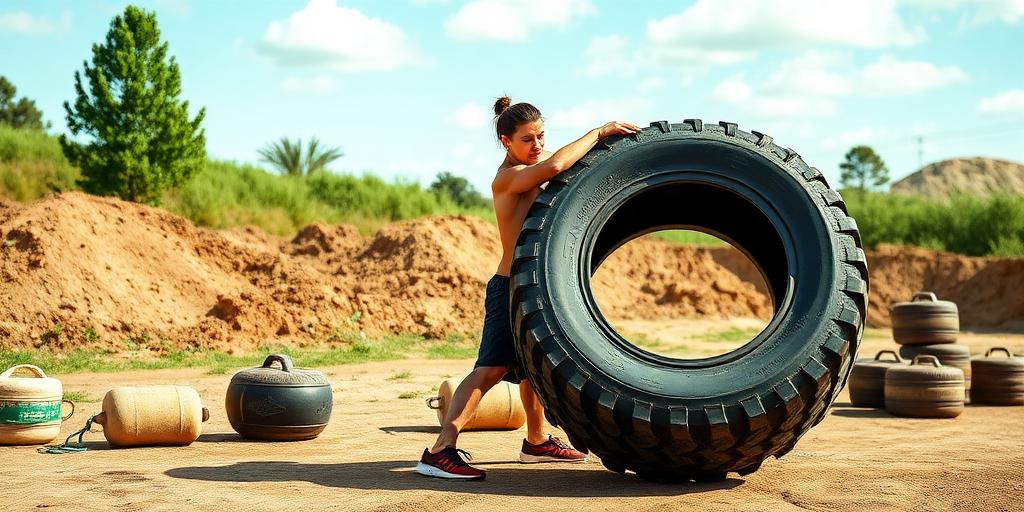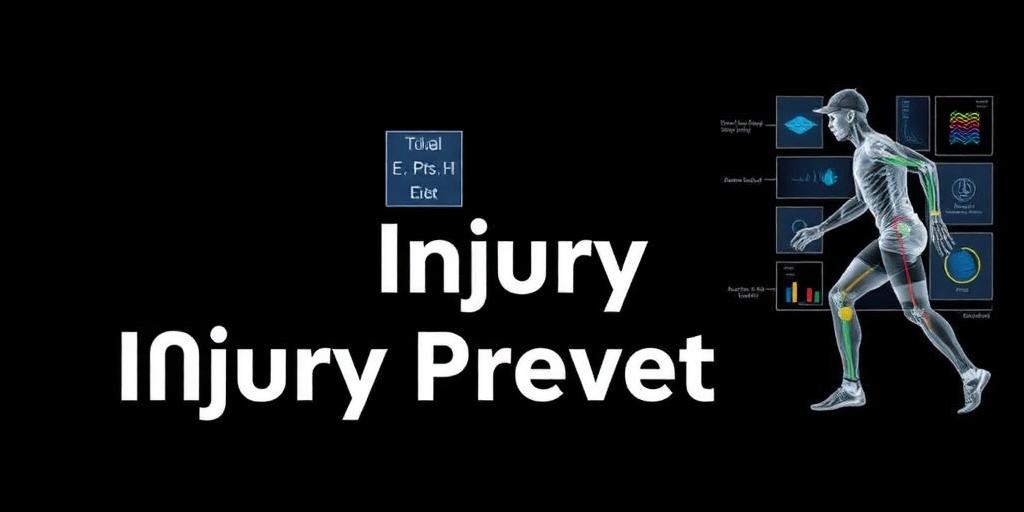Pilates is a method of exercise that emphasizes core strength, stability, and control. It's not just about building six-pack abs; it's about developing a strong and functional core that supports your spine and improves overall body mechanics. Here are some Pilates workouts you can incorporate into your routine to enhance core stability and control:
1. The Hundred
The Hundred is a classic Pilates exercise that warms up the body and engages the core muscles.
How to do it:
- Lie on your back with your knees bent and feet flat on the floor.
- Lift your head, neck, and shoulders off the mat, reaching your arms forward.
- Pump your arms up and down while inhaling for five counts and exhaling for five counts.
- Repeat for a total of 100 pumps.
Benefits:
- Engages the abdominal muscles.
- Improves core stability.
- Increases circulation.
2. Roll-Up
The Roll-Up is a challenging exercise that requires both strength and control to execute properly.
How to do it:
- Lie on your back with your arms extended overhead and legs straight on the mat.
- Inhale and reach your arms towards the ceiling, then exhale and slowly roll up one vertebra at a time.
- Reach forward over your legs, then slowly roll back down to the starting position.
Benefits:
- Strengthens the core muscles.
- Improves spinal articulation.
- Increases flexibility.
3. Single Leg Circle
Single Leg Circle targets the hip joint while challenging core stability.
How to do it:
- Lie on your back with one leg extended straight up towards the ceiling and the other leg bent with your foot flat on the floor.
- Engage your core and draw small circles with your extended leg, keeping your hips stable.
- Repeat in both directions.
Benefits:
- Improves hip mobility.
- Strengthens the core.
- Enhances stability.
4. Rolling Like a Ball
Rolling Like a Ball is a fun exercise that massages the spine and challenges balance.
How to do it:
- Sit with your knees bent and feet lifted off the floor, holding onto your ankles.
- Inhale and roll back onto your shoulders, then exhale and roll back up to the starting position.
- Maintain a rounded shape throughout the exercise.
Benefits:
- Massages the spine.
- Improves balance.
- Strengthens the core.
5. Plank
The Plank is a fundamental exercise for building core strength and stability.
How to do it:
- Start in a push-up position with your hands directly under your shoulders and your body in a straight line from head to heels.
- Engage your core and hold the position for as long as you can maintain proper form.
Benefits:
- Strengthens the entire core.
- Improves posture.
- Enhances stability.
These Pilates workouts are designed to improve core stability and control, leading to better posture, reduced risk of injury, and improved overall fitness. Remember to focus on proper form and technique to maximize the benefits of each exercise. Start slowly and gradually increase the intensity and duration as you get stronger. It’s a good idea to consult with a certified Pilates instructor, especially if you are new to Pilates or have any injuries or health conditions.









